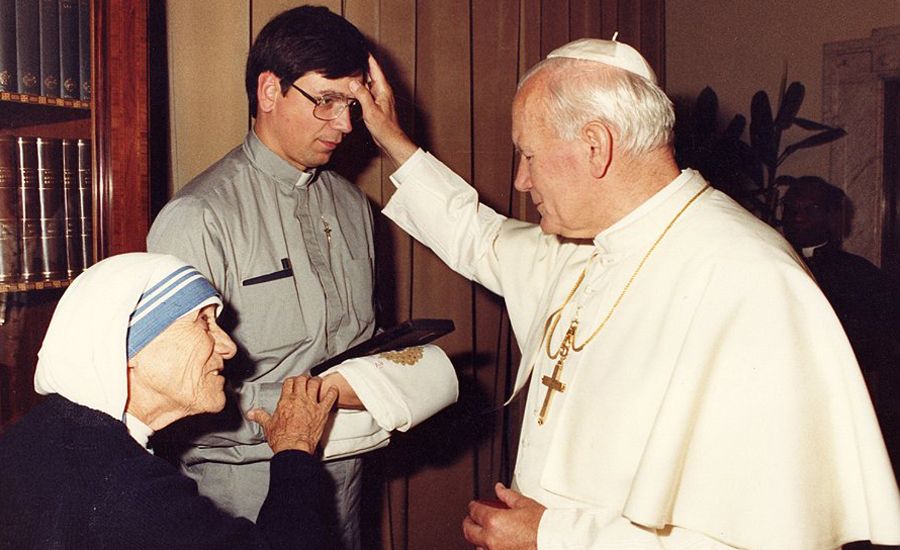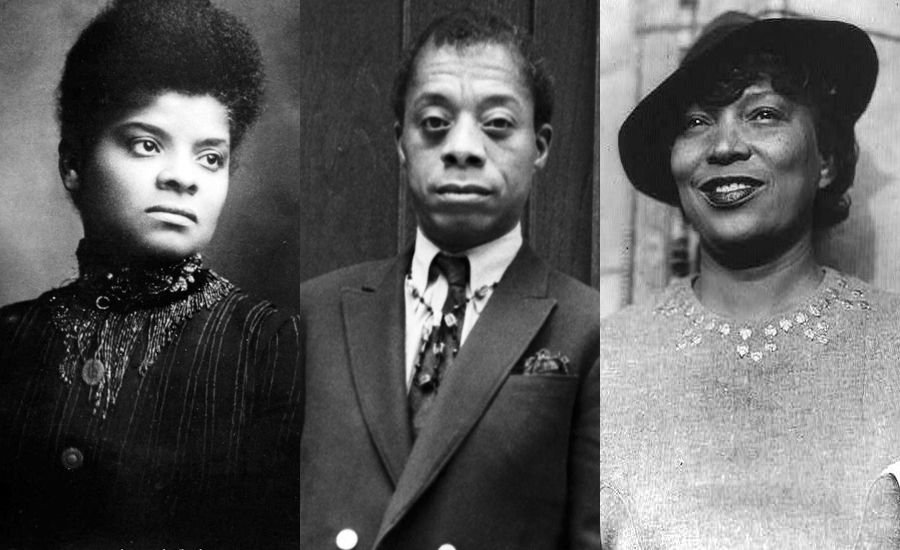Nearly 20 years after Mother Teresa’s passing, the Catholic Church will canonize her as a saint. Known worldwide for her devotion to the poor and the dying, Mother Teresa’s legacy lives on in the hearts of all whom she blessed.
Father Brian Kolodiejchuk is one of the millions of people whose life was forever changed by Mother Teresa. Today, Father Brian is the director of the Mother Teresa Center and the editor of A Call to Mercy, a collection of testimonies of her impact. But in 1977, the man who led the charge of Mother Teresa’s canonization was just a 21-year-old seminary school dropout who was looking for direction in life.
READ MORE: A FAITH LESSON FROM MOTHER TERESA
That June, Father Brian traveled with his family from Canada to Rome to meet Mother Teresa and she encouraged him to enter the brotherhood. “I was so shocked I didn’t say anything,” Father Brian tells Guideposts.org of his reaction to Mother Teresa’s encouragement. Then a young man, Father Brian had a steady girlfriend and was thinking of marriage—something priests cannot do, with a few exceptions. But Mother Teresa’s words stirred in him.
“The next day in the morning, in the convent, I saw her and I went up to her and asked her what did she mean [that I should join the brotherhood] and she said she just wanted me to stay [in Rome] right then and there and not even go back to Canada, but I couldn’t stay,” he says.
He went back to Canada and had a “difficult” conversation with his girlfriend about the new call he felt over his life, thanks to Mother Teresa. Just a few short months later in September, he returned to Rome and has been living his vocation ever since. Father Brian shared with Guideposts why Mother Teresa still matters.
GUIDEPOSTS: What do you think is maybe the most important thing that people should know about Mother Teresa and who she was and what she stood for?
FATHER BRIAN KOLODIEJCHUK: I’ll keep with this theme of kindness, of love for your neighbor. From the book, A Call to Mercy most of those stories [of what Mother Teresa did] are anecdotes. They’re things that everyone could do. We could all do them. She would say, “Small things, great love. Ordinary things, extraordinary love.” And she would say, “You don’t have to go to Calcutta to find the poor… Calcutta is everywhere, even in your own family.” She went out of India into the West. She discovered that – she would say, “The greatest poverty in the world today is to be unloved, unwanted, uncared for.” And that you can be rich, you can be middle-class–it doesn’t matter exactly your material situation. So that if we pay attention, if we look if we…we’ll be able to discover right around us people who need that little gesture a smile even. A little gesture of kindness, a word of kindness, a small favor.
GUIDEPOSTS: So knowing what you know about Mother Teresa and her life, why do you think she was able to have the kind of connection with God that she was able to display? How did she get to be this person that we all recognize?
FB: She said from childhood Jesus was her first love. She was a woman passionately in love with Jesus. Really she made a resolution as a young woman to love Jesus as He has never been loved before and to really take that seriously is quite a daring kind of desire and resolution. You can see that when she really defines everything according to or relating to Jesus. Suffering is related to Jesus kissing you. So another good example, she would say, “Well you have this love for God inside but it needs some incense to make it burn. And that incense is the suffering.” So on one hand the whole work of the mission is a journey to relieve suffering. The whole book A Call to Mercy is about that, on one hand. On the other hand, while we are suffering we can give it value, a spiritual value with eyes of faith. She would say, ‘Give whatever He takes. Take whatever He gives,’ with a smile.
GUIDEPOSTS: Based on the title, would you consider your book a call to action for people?
FB: Yeah, that’s why you see at the end of each chapter there’s some examples of how the reader could practice [the lesson]: Look at Mother Teresa, what’s her example? And then see well how can I do that In my life, in my family, in my work, where I live? In the different groups or communities that I’m involved in, how can I practice this mercy, this compassion, these ordinary things with great love. So the challenge is to look for those opportunities because they are certainly around us if we pay attention.
A friend of mine, right at the beginning of his acquaintance with Mother Teresa, asked, “Mother, how do you love? What does that mean?” And she said very simply, “Well just serve the people out of love for Jesus and that’s loving.” It’s a very simple explanation: Do works, acts of service, do it out of love for Jesus. All of us Christians could do those things. We just need to pay attention.





